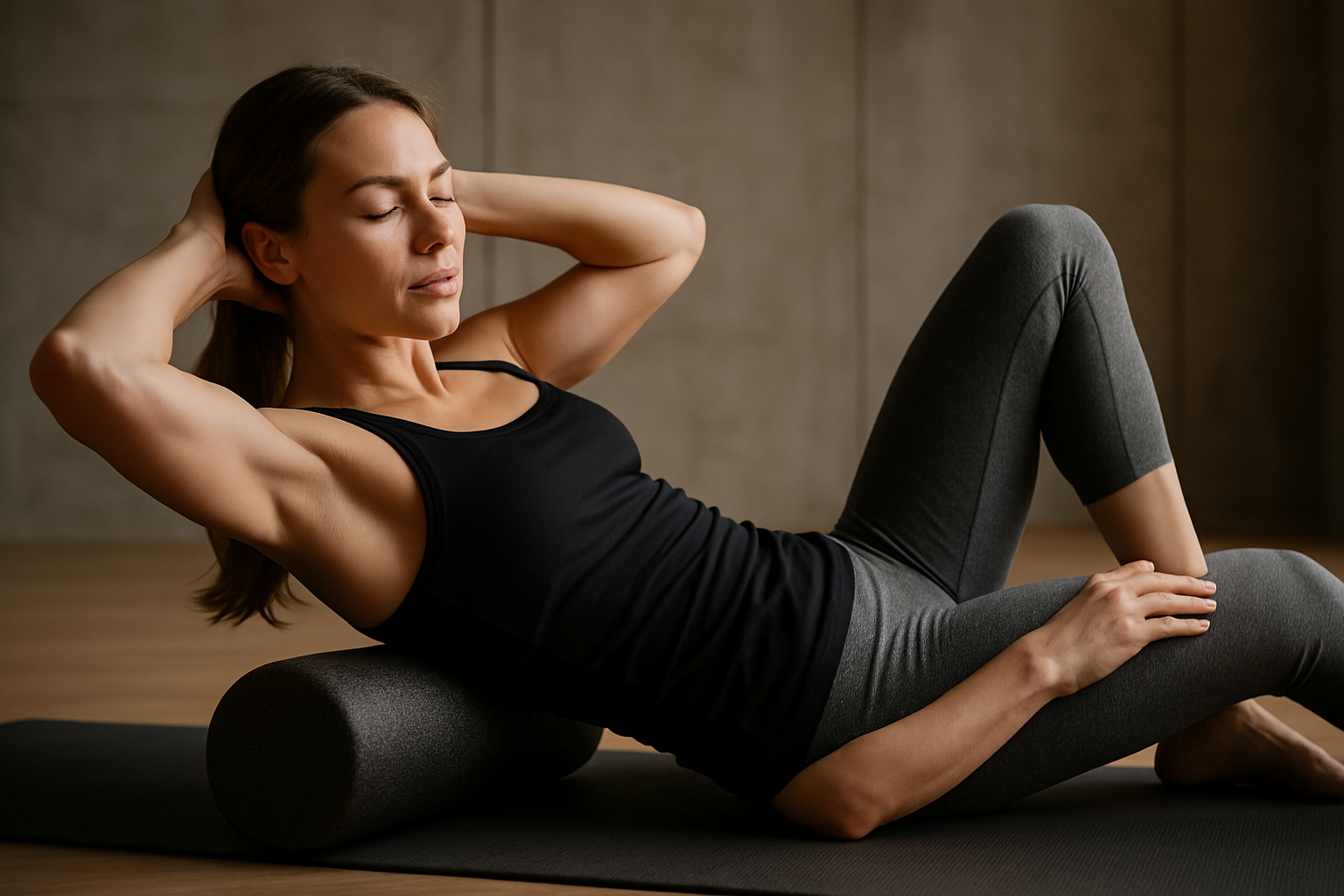Circadian Fitness: Aligning Exercise with Your Body Clock
Imagine a world where your workouts are not just effective, but perfectly synchronized with your body's natural rhythms. What if the time you choose to exercise could significantly boost your performance, recovery, and overall health? Welcome to the fascinating realm of circadian fitness, where science meets sweat in a revolutionary approach to wellness.

The Science Behind Circadian Rhythms
Circadian rhythms are the body’s internal 24-hour cycles that regulate various physiological processes, including hormone production, body temperature, and metabolism. These rhythms are primarily influenced by light exposure and are controlled by the suprachiasmatic nucleus (SCN) in the brain, often referred to as the body’s master clock.
Research has shown that nearly every cell in our body has its own circadian clock, working in harmony with the master clock. These cellular timekeepers influence everything from our energy levels and cognitive function to our physical performance and recovery capacity. Understanding these rhythms is crucial for optimizing not just our sleep-wake cycles, but our exercise routines as well.
The Birth of Circadian Fitness
The concept of circadian fitness emerged from the intersection of chronobiology and sports science. Researchers began to notice that athletic performance varied significantly depending on the time of day, leading to investigations into how circadian rhythms might influence exercise outcomes.
Early studies in the 1980s and 1990s laid the groundwork, but it wasn’t until the last decade that circadian fitness gained serious attention. Advances in wearable technology and genetic research have allowed scientists to delve deeper into the relationship between our internal clocks and physical performance, paving the way for more personalized and effective exercise strategies.
Optimizing Workout Timing
One of the key principles of circadian fitness is timing workouts to align with your body’s natural peaks in strength, endurance, and coordination. Research has shown that these peaks occur at different times for different individuals, largely based on their chronotype - whether they’re naturally early birds, night owls, or somewhere in between.
For most people, physical performance tends to peak in the late afternoon or early evening. This is when body temperature is at its highest, muscle strength is optimal, and reaction times are quickest. However, this can vary based on individual circadian rhythms and lifestyle factors.
Morning workouts, while often praised for their ability to kickstart metabolism, may not be ideal for everyone from a circadian perspective. However, they can be beneficial for establishing consistency and may help synchronize circadian rhythms, especially for those struggling with sleep issues.
Tailoring Exercise Types to Circadian Rhythms
Circadian fitness goes beyond just timing; it also involves matching specific types of exercise to the body’s daily fluctuations in hormones and energy levels. For instance:
-
High-intensity interval training (HIIT) might be most effective in the late afternoon when testosterone levels and pain tolerance are typically at their peak.
-
Strength training could yield better results when performed during times of peak body temperature and muscle strength, often in the early evening.
-
Yoga or flexibility work might be ideal in the morning when the body is naturally more flexible and cortisol levels are high, promoting alertness.
By aligning exercise types with these natural rhythms, individuals may see improved performance, better recovery, and reduced risk of injury.
The Role of Light in Circadian Fitness
Light exposure plays a crucial role in regulating circadian rhythms, and this extends to exercise as well. Outdoor morning workouts can help reset the body’s circadian clock, potentially improving sleep quality and overall energy levels throughout the day.
Conversely, intense evening workouts, especially those performed under bright artificial lights, may disrupt the body’s natural wind-down process, potentially affecting sleep quality. This highlights the importance of considering not just when you exercise, but also the environment in which you do it.
Circadian Fitness Tips
-
Track your energy levels and performance at different times of day to identify your optimal workout windows
-
Gradually shift your workout times to align with your circadian peaks for better results
-
Consider your chronotype when planning workouts - early birds may benefit from morning sessions, while night owls might prefer evening workouts
-
Use morning light exposure to help regulate your circadian rhythms, especially if you’re trying to shift your sleep schedule
-
Be mindful of intense evening workouts, as they may interfere with sleep quality
-
Experiment with different types of exercise at various times to find what works best for your body and schedule
As we continue to unravel the complexities of our internal clocks, circadian fitness stands poised to revolutionize how we approach exercise and overall wellness. By harmonizing our workouts with our body’s natural rhythms, we open the door to enhanced performance, better recovery, and improved long-term health outcomes. The future of fitness isn’t just about what we do or how we do it - it’s about when we do it, in perfect sync with the intricate dance of our internal timekeeper.





